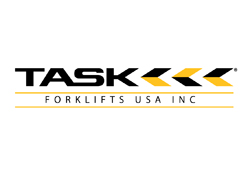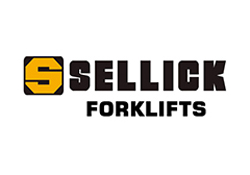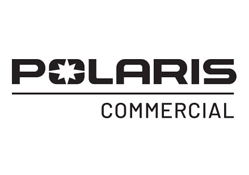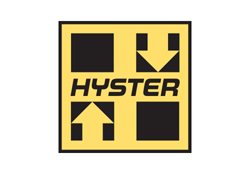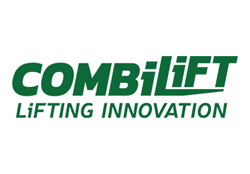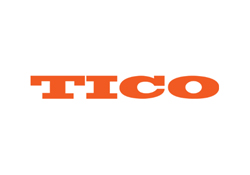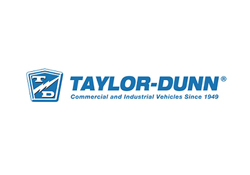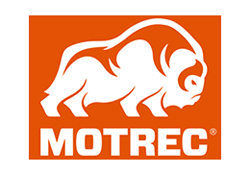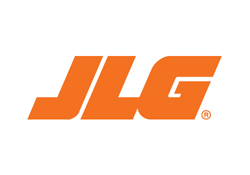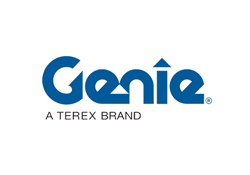What Makes the Best Articulating Boom Lift Stand Out in the Market?
In the rapidly evolving landscape of construction and maintenance, the Articulating Boom Lift has emerged as an essential tool for accessing elevated workspaces with ease and precision. According to a recent industry report by MarketsandMarkets, the global boom lift market is projected to reach $12.4 billion by 2025, growing at a CAGR of 6.5%. This growth is driven by the increasing demand for aerial work platforms in infrastructure development and renovation projects. As companies seek to enhance productivity and safety on job sites, understanding what sets the best articulating boom lifts apart in the market becomes crucial. This blog will explore the defining features, technological advancements, and key specifications that distinguish top-tier articulating boom lifts, ensuring that industry professionals make informed decisions while investing in this vital equipment.
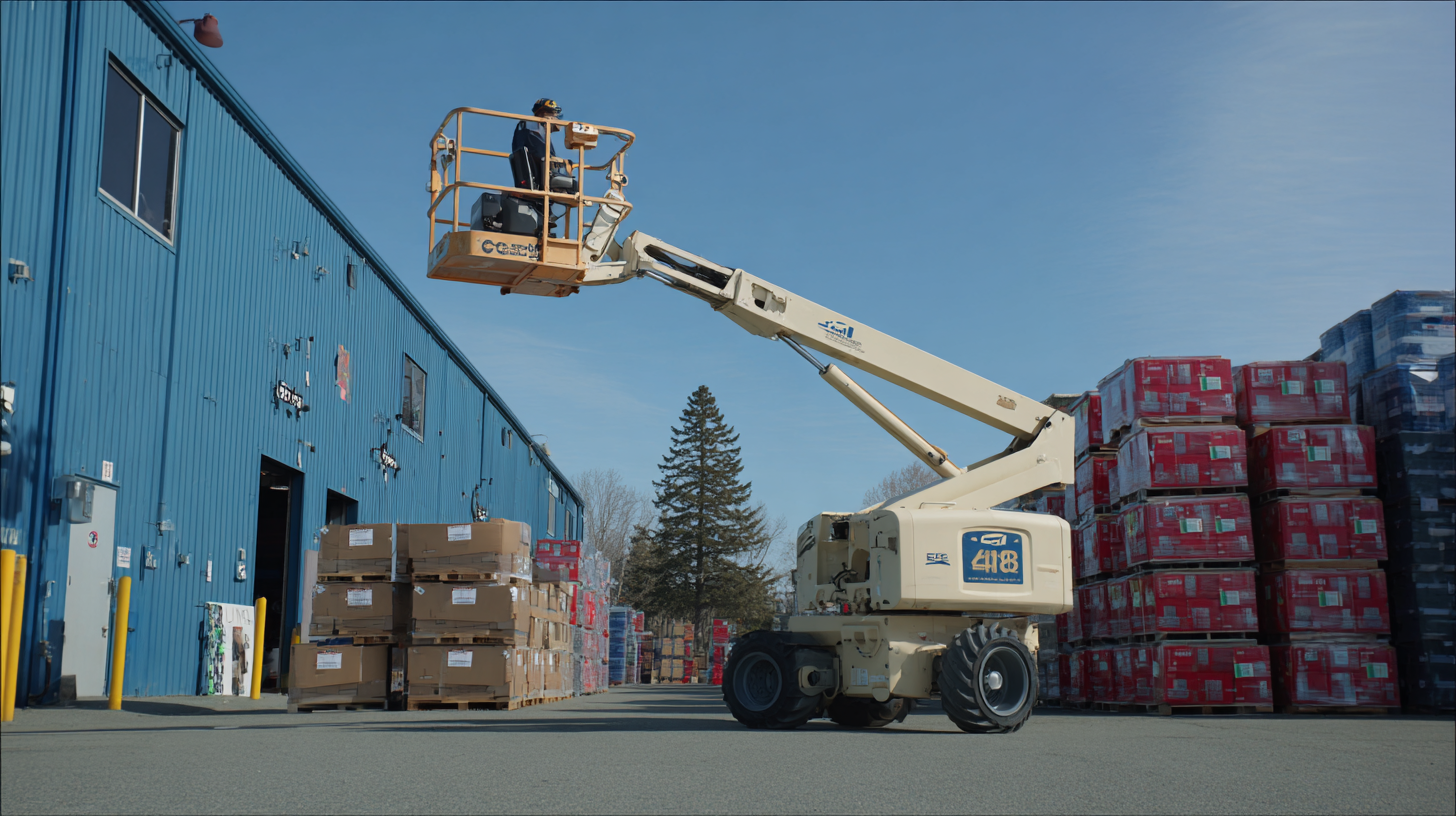
Key Features to Consider in Articulating Boom Lifts
When considering the best articulating boom lifts on the market, it’s crucial to focus on key features that set them apart. One standout is the dual-envelope design, which enhances platform capacity, allowing for greater payloads without compromising safety. This feature is essential for operators who require stable performance for heavy lifting tasks, as it maximizes the versatility of the boom lift in various working environments.
Another important aspect to consider is the lift's maneuverability. Articulating boom lifts with advanced telescopic capabilities can reach difficult locations while providing precise control. This is particularly beneficial in construction or maintenance projects where space is limited. Operators should also look for models that strike a balance between capacity and range, offering both unrestricted and restricted capacities to suit specific job requirements.
Additionally, it's wise to pay attention to innovations in safety features. Modern models are designed with enhanced stabilization systems and intuitive controls, making them user-friendly and minimizing the risk of accidents. When selecting an articulating boom lift, ensure to evaluate how these features align with your operational needs and contribute to overall efficiency and safety on site.
Comparative Analysis of Leading Articulating Boom Lift Brands
When it comes to identifying the standout articulating boom lifts in the market, a comparative analysis of leading brands reveals key factors that drive their success. Manufacturers have focused on enhancing safety standards and training, which cater to the growing demand for more reliable and secure aerial work platforms. The versatility and innovation seen in the latest models allow them to handle various lifting tasks effectively, making them invaluable assets in construction and maintenance sectors.
Tips for selecting the best articulating boom lift include considering the height range and load capacity needed for specific tasks. Assessing the power type, whether electric or internal combustion engine, can also affect performance and operational costs. Furthermore, it’s beneficial to explore service support capabilities, as reliable after-sales service ensures minimal downtime and prolonged equipment life.
Understanding industry trends, such as the projected growth of the aerial work platform market, can also aid in making informed decisions. As companies increasingly prioritize workplace safety and efficiency, evaluating the best articulating boom lift brands will become crucial for operators seeking to improve productivity and adhere to stringent safety regulations.
Evaluating Performance Metrics: Height, Reach, and Capacity
When evaluating articulating boom lifts, performance metrics such as height, reach, and capacity are crucial for determining the right equipment for your project. Height is often the first consideration; the best boom lifts can reach impressive vertical heights, enabling you to safely access hard-to-reach areas. For instance, models that provide a working height of over 50 feet are optimal for construction sites or tall building maintenance.
Reach is another pivotal metric. An articulating boom lift with greater horizontal reach allows operators to maneuver around obstacles and access tight spaces without repositioning the lift. This versatility is essential in urban environments where space is limited. For maximum efficiency, look for lifts that feature articulating arms, allowing for agile movements and extended reaches.
Capacity is equally important, as it determines the weight the lift can safely handle. Choosing a model with an adequate load capacity ensures your team and equipment can safely operate at heights. Tips for selecting a lift include assessing your typical load requirements and considering any additional tools or materials you may need to carry to the worksite. Always prioritize safety and compliance with industry standards when making your decision.
What Makes the Best Articulating Boom Lift Stand Out in the Market? - Evaluating Performance Metrics: Height, Reach, and Capacity
| Model | Max Height (ft) | Max Reach (ft) | Capacity (lbs) | Weight (lbs) |
|---|---|---|---|---|
| Model A | 40 | 25 | 500 | 8000 |
| Model B | 45 | 30 | 550 | 8500 |
| Model C | 50 | 32 | 600 | 9000 |
| Model D | 55 | 35 | 700 | 9500 |
| Model E | 60 | 40 | 800 | 10000 |
Safety Standards and Compliance in Boom Lift Operations
When it comes to articulating boom lifts, safety standards and compliance are paramount. According to a report by the International Powered Access Federation (IPAF), nearly 90% of accidents involving mobile elevating work platforms (MEWPs) are attributed to operator error, highlighting the critical need for rigorous safety measures and adherence to established standards like ANSI A92 in the United States and EN 280 in Europe. These standards dictate the design, usage, and maintenance of boom lifts to ensure a safe working environment, minimizing the risks associated with aerial work.
Additionally, compliance with safety regulations directly impacts market performance. A survey by the American Rental Association (ARA) revealed that companies prioritizing safety compliance and operator training experience up to 30% fewer accidents. This not only protects the workforce but also enhances the company's reputation and customer trust. Furthermore, manufacturers focusing on safety features—such as overload sensors, secondary guarding systems, and enhanced training programs—tend to perform better in competitive markets, showcasing their commitment to safety and excellence in boom lift operations.

Cost vs. Value: Determining the Best Investment for Your Needs
When evaluating the best articulating boom lift for your needs, the cost versus value dilemma plays a pivotal role. Investors, much like those in financial markets, are increasingly discerning about where they allocate their resources. This principle applies to equipment purchases as well—especially for businesses seeking to maximize efficiency and productivity. Understanding whether a lower price point equates to a good investment hinges on whether the equipment meets specific operational requirements and delivers long-term benefits.

In today's competitive landscape, the focus is shifting from simply cutting costs to unlocking value through quality and performance. For instance, investing in a higher-end articulating boom lift may entail a larger initial expenditure, but the enhanced capabilities, greater safety features, and longer lifespan can prove to be a more prudent investment over time. Firms are urged to consider not only the sticker price but also how features such as advanced technology can drive improved productivity and ultimately yield a positive return on investment. Just as financial institutions are exploring tech investments that demonstrate tangible value, businesses must similarly assess their machinery purchases through a lens of strategic value creation.
